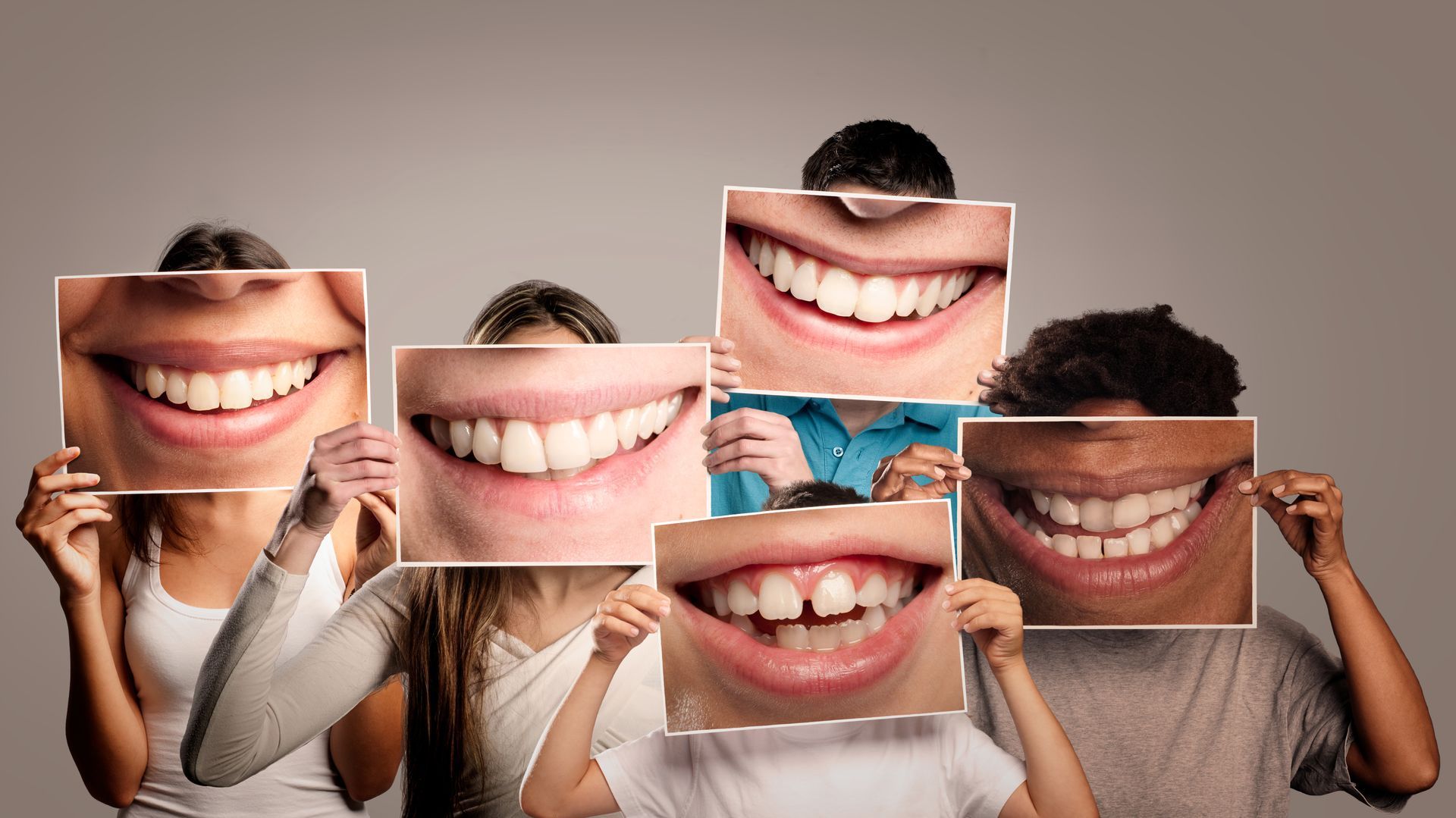Addressing Dental Anxiety and Fear; Non-Medicated and Medicated Approaches
Addressing Dental Anxiety and Fear:
Non-Medicated and Medicated Approaches
Dental anxiety and fear can deter individuals from seeking necessary oral care. However, various strategies exist to manage these feelings, ranging from non-medicated techniques to medicated interventions.
Non-Medicated Approaches:
Communication: Discussing your fears with your dentist can help them understand your concerns and adapt their approach to make you feel more comfortable.
Distraction Techniques: These include listening to calming music, focusing on a visual point of interest in the room, or using stress balls.
Relaxation Techniques: Techniques like deep breathing exercises or guided imagery can promote relaxation and reduce stress.
Cognitive Behavioral Therapy (CBT): CBT is a short-term psychological treatment that can help you manage your fear by changing the negative patterns of thinking.
Medicated Approaches:
Nitrous Oxide (Laughing Gas): This is a sedative agent mixed with oxygen that you inhale through a mask placed over your nose. It helps you relax during the procedure but wears off quickly.
Oral Sedatives: These are prescription medications that you take orally before the dental appointment. They make you drowsy, but you'll remain awake.
Intravenous (IV) Sedation: A sedative drug is administered into the bloodstream through a vein for a deep sedation effect.
General Anesthesia: This is a controlled state of unconsciousness where you're entirely unaware of the dental procedure.
It's important to discuss these options with your dentist or a mental health professional.
Together, you can determine the best approach to make your dental care experience as comfortable as possible.




